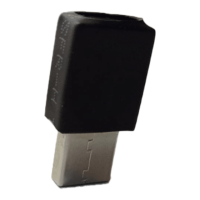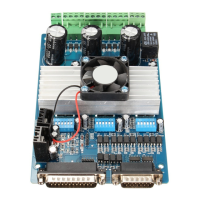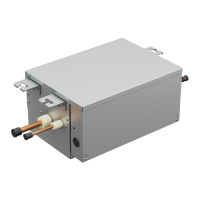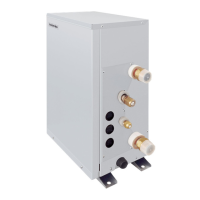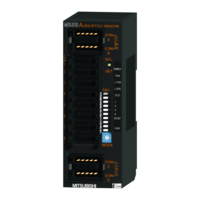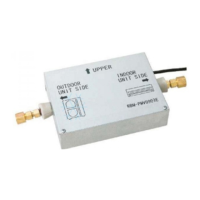6F8C0845
25
3.2 Setting the Switches
3
3.2 Setting the Switches
The DN611 has DIP switches on the front panel and rotary switches on the bottom.
3.2.1 DIP switches for operation mode/communication rate setting
Figure 3-2 DIP Switches for Operation Mode and Communication Rate Setting
(*1)Busoff: Individual DeviceNet nodes check one another for transmission line errors. If
the local node is judged to be the cause of frequent transmission line errors, it is
disconnected from the transmission line. This state is called busoff.
∼∼∼∼∼∼∼∼∼∼∼∼∼∼∼∼∼∼∼∼∼∼∼∼∼∼∼∼∼∼∼∼∼∼
∼∼∼∼∼∼∼∼∼∼∼∼∼∼∼∼∼∼∼∼∼∼∼∼∼∼∼∼∼∼∼∼∼∼
動作モード/通信速度設定用
工場出荷時設定:全てOFF
ON
LOADER
1234
1
OSEN
2
BUSOFF
3
DR1
4
DR0
For operation mode/
communication rate setting
Factory Default: All switches
OFF
ON
LOADER
OSEN
BUSOFF
DR1
DR0
Table 3-1 DIP Switch Setting
DIP Switch Name Function
1 OSEN Reserved for the system. Keep it in the OFF position.
2 BUSOFF To specify an operation mode when the DN611 falls into a busoff state (*1).
ON: Once it is in a busoff state, the DN611 initializes the internal network
controller to be in standby mode. After remedying the cause of the busoff,
resume transmission with an instruction from the S controller.
OFF: One it is in a busoff state, the DN611 initializes the internal network
controller and resumes transmission. (Default).
3
4
DR1
DR0
Set a communication rate. Refer to Table 3-2
Table 3-2 Communication Rate Setting
Communication Rate DR1 DR0
125kbps
250kbps
500kbps
Setting now allowed
OFF
OFF
ON
ON
OFF
ON
OFF
ON
← Factory Default
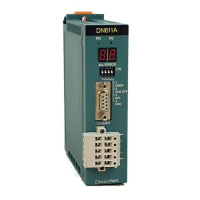
